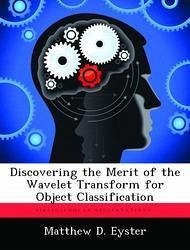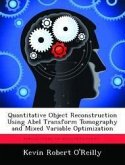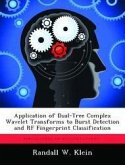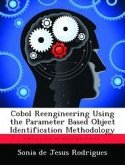Vision is the primary sense by which most biological systems collect information about their environment. Computer vision is a branch of artificial intelligence concerned with endowing machines with the ability to understand images. Object recognition is a key part of machine vision with far reaching benefits ranging from target recognition, surveillance systems, to automation systems. Extraction of salient features from an image is one of the key steps in object recognition. Typically, geometric primitives are extracted from an image using local analysis. However, the wavelet transform provides a global approach with good locality. Additionally, the directional and multiresolution properties may be exploited as a preprocessor to a neural network. This thesis examines the benefits of the wavelet transform as a pre-processor to a neural network for object recognition. Scaling of the wavelet coefficients and different neural network topologies are investigated. The system developed in this research is not intended to be critiqued on its classification performance.
Hinweis: Dieser Artikel kann nur an eine deutsche Lieferadresse ausgeliefert werden.
Hinweis: Dieser Artikel kann nur an eine deutsche Lieferadresse ausgeliefert werden.








